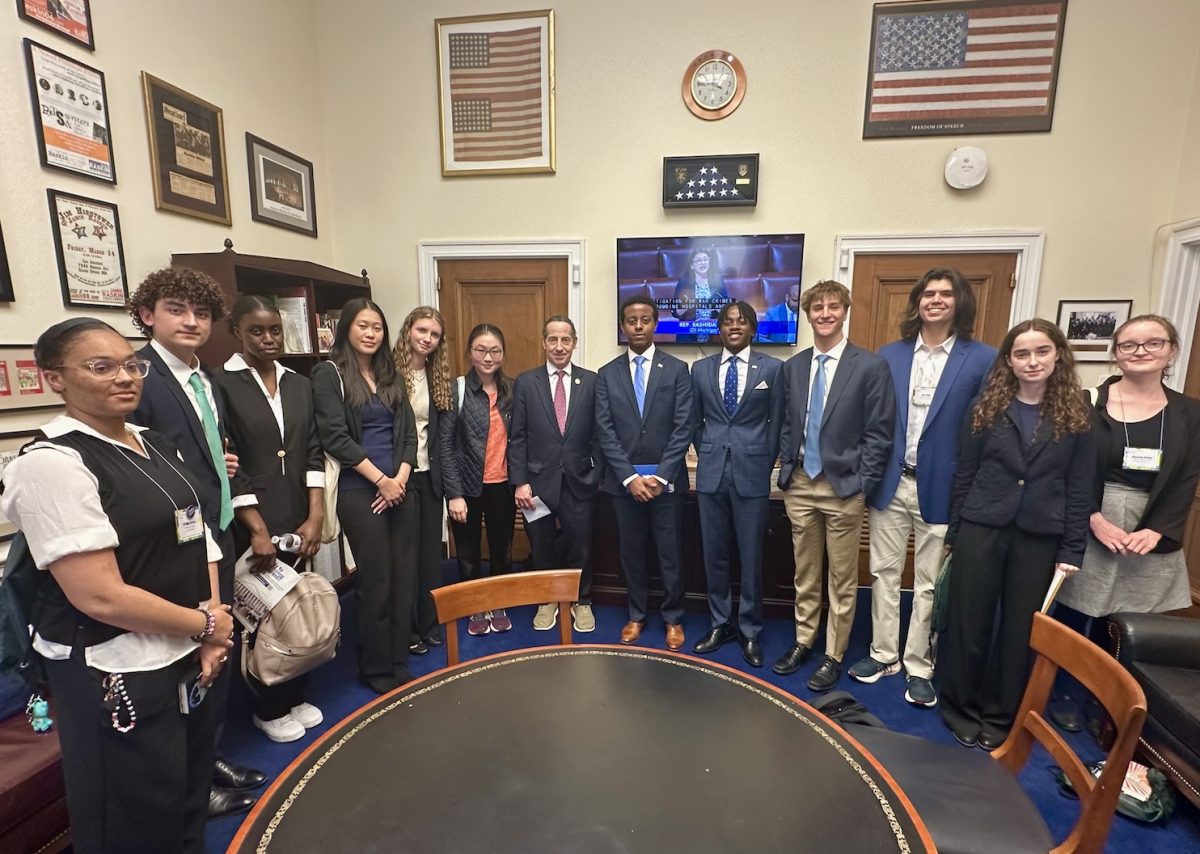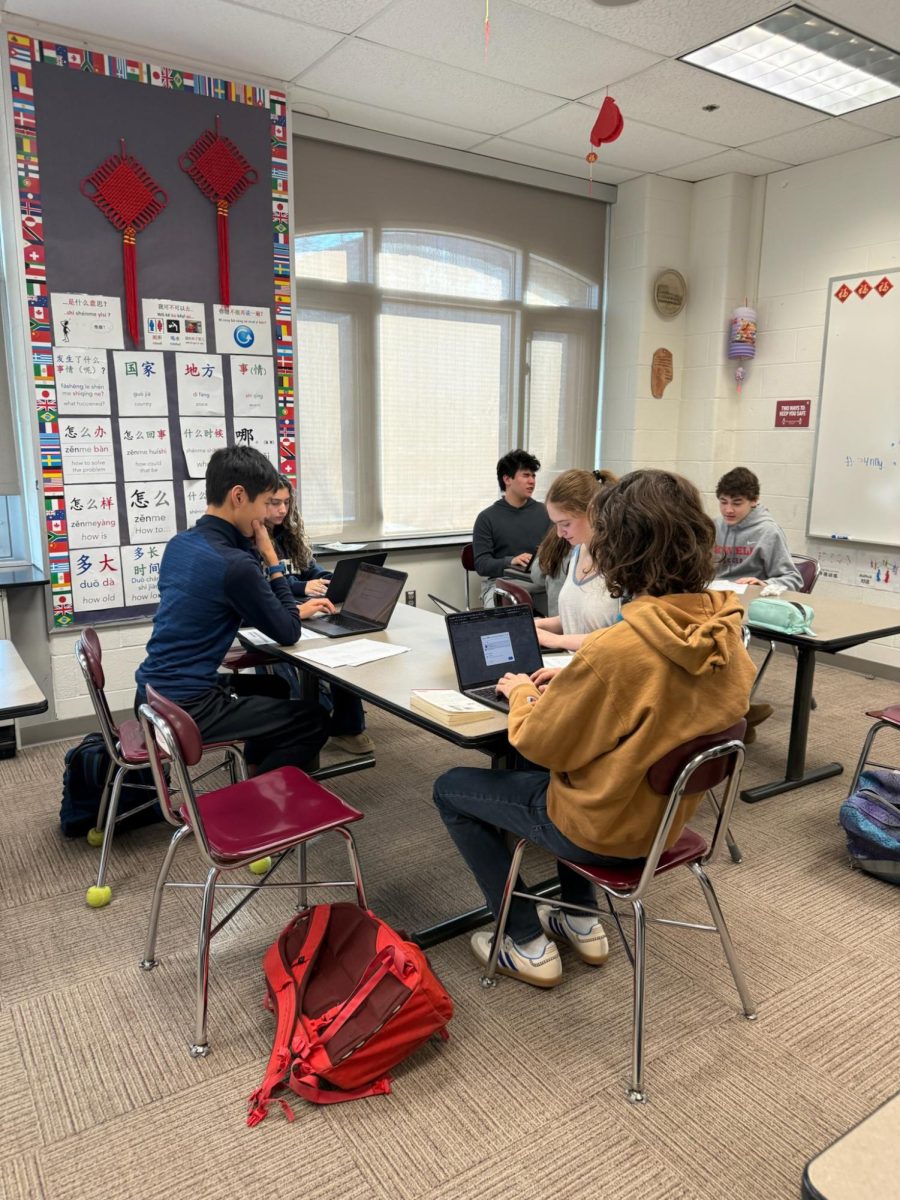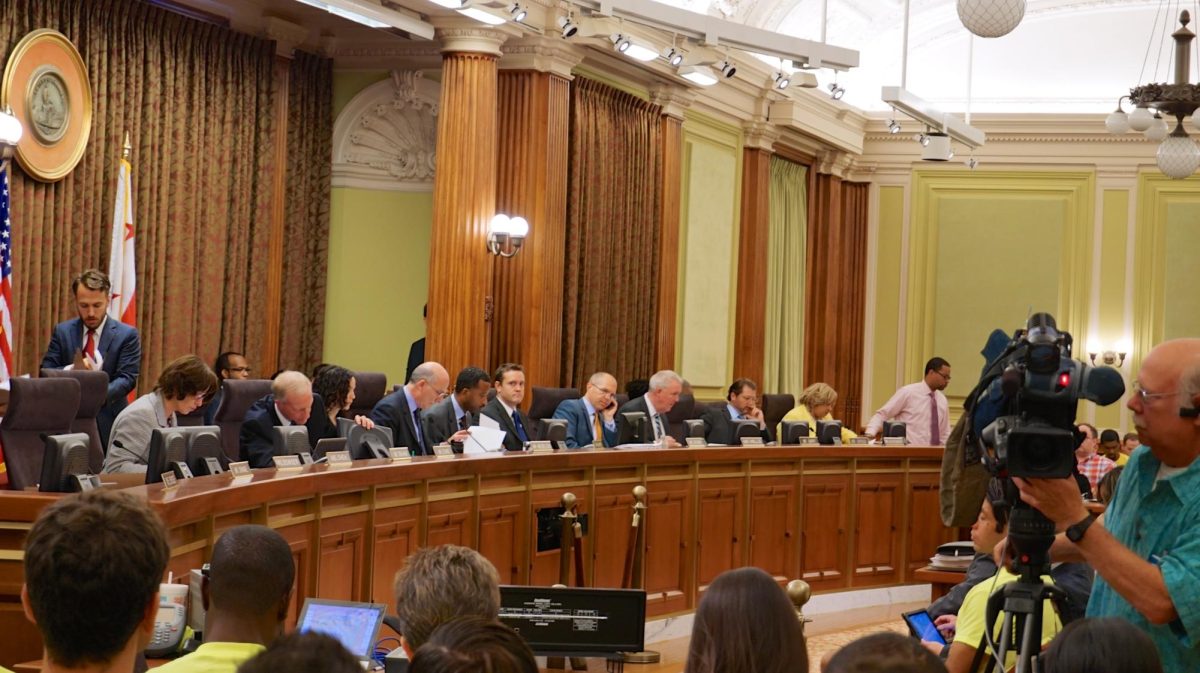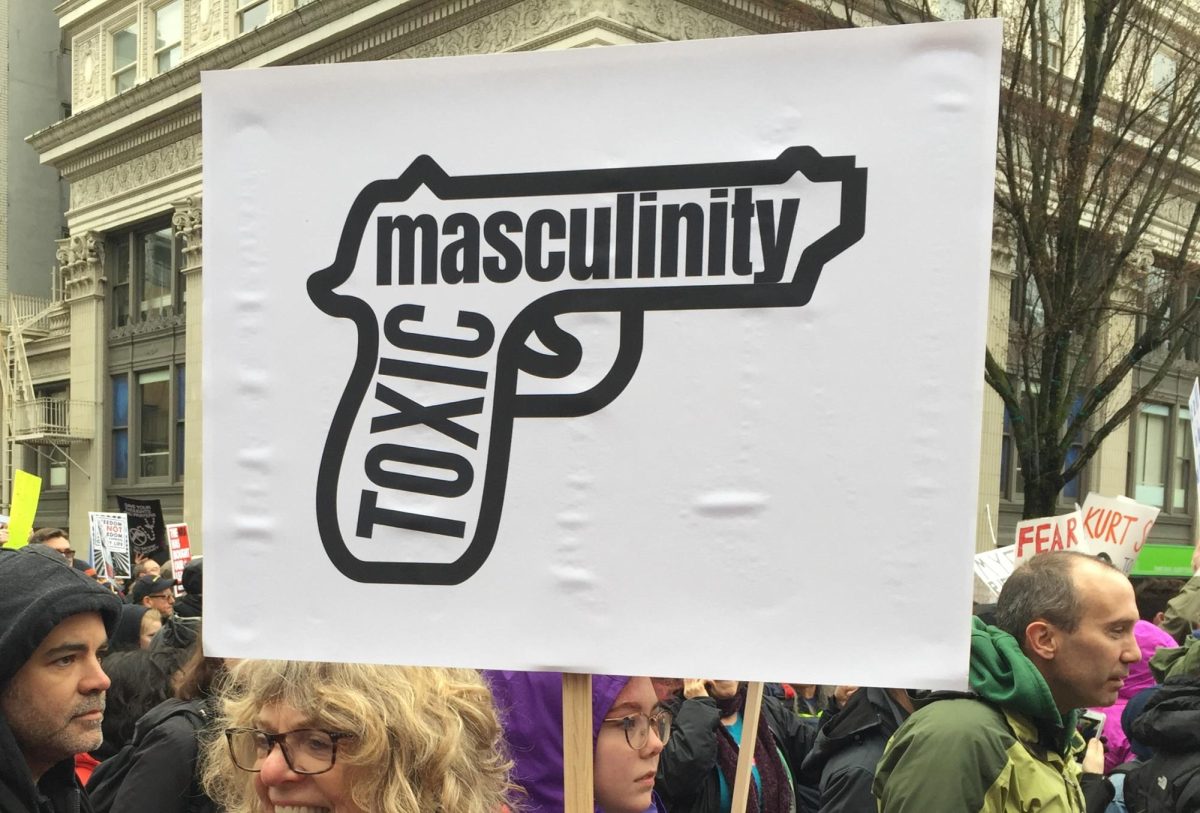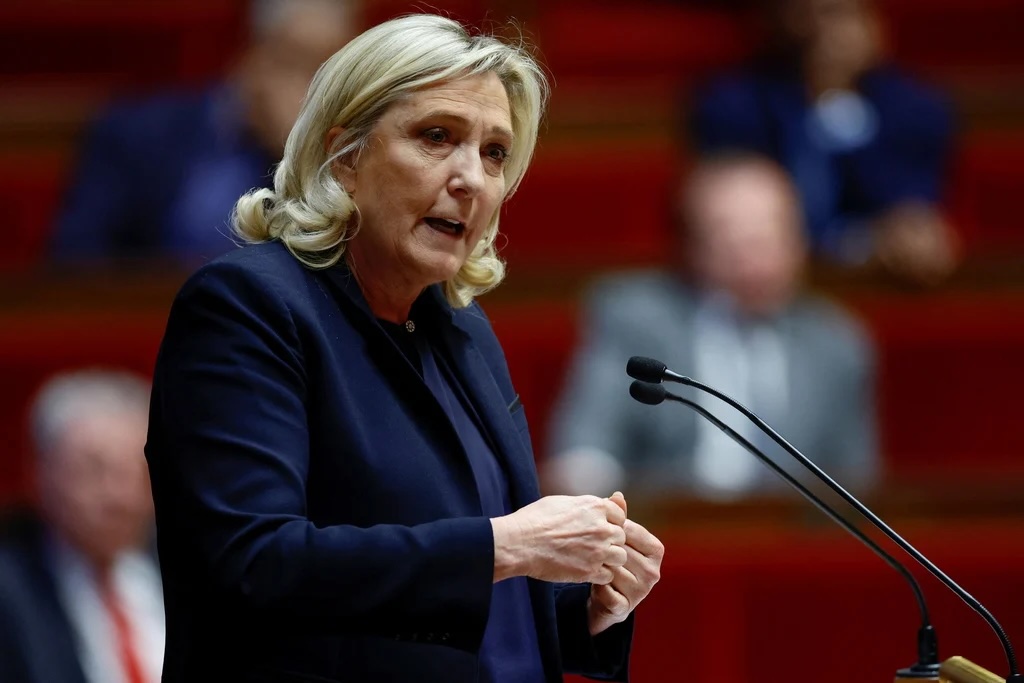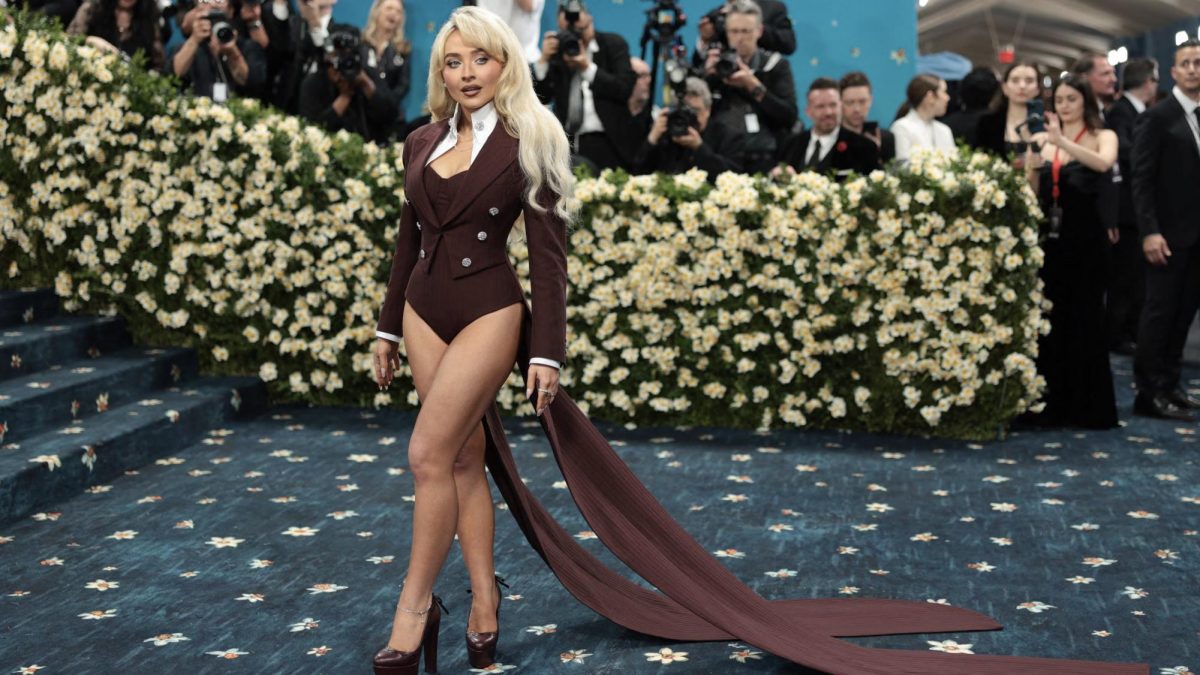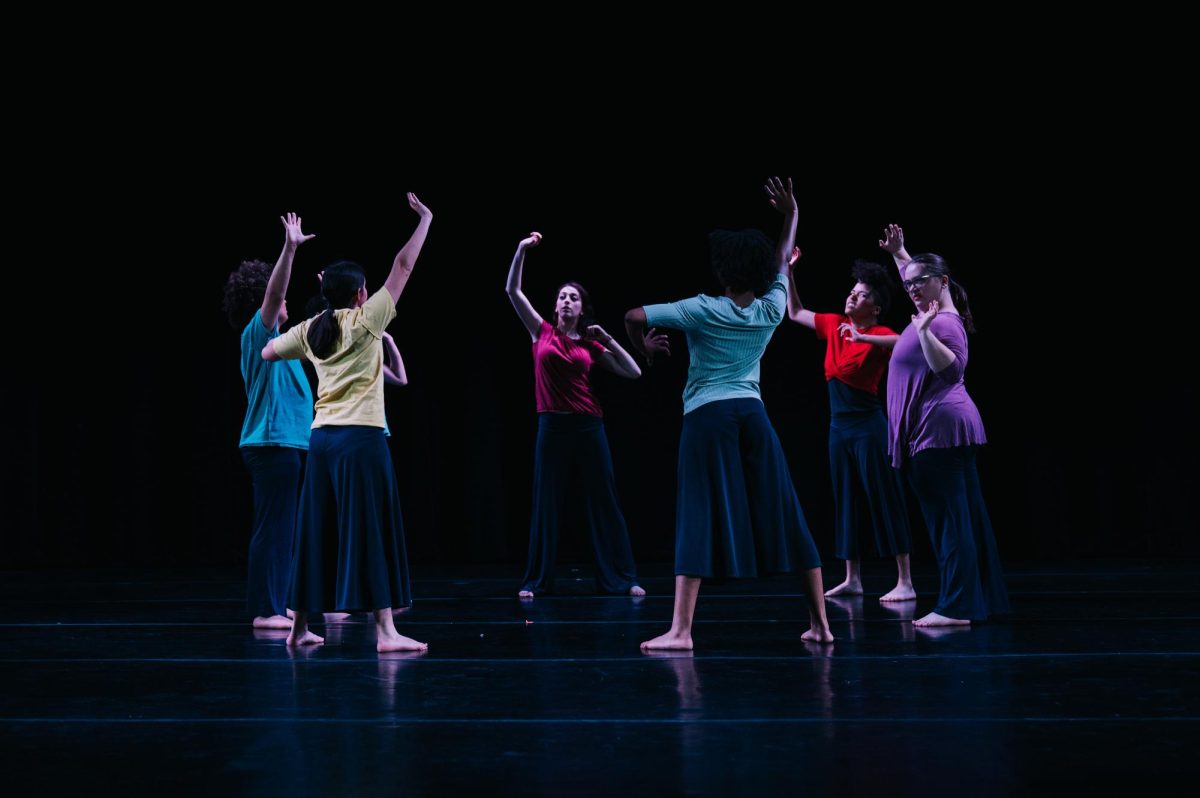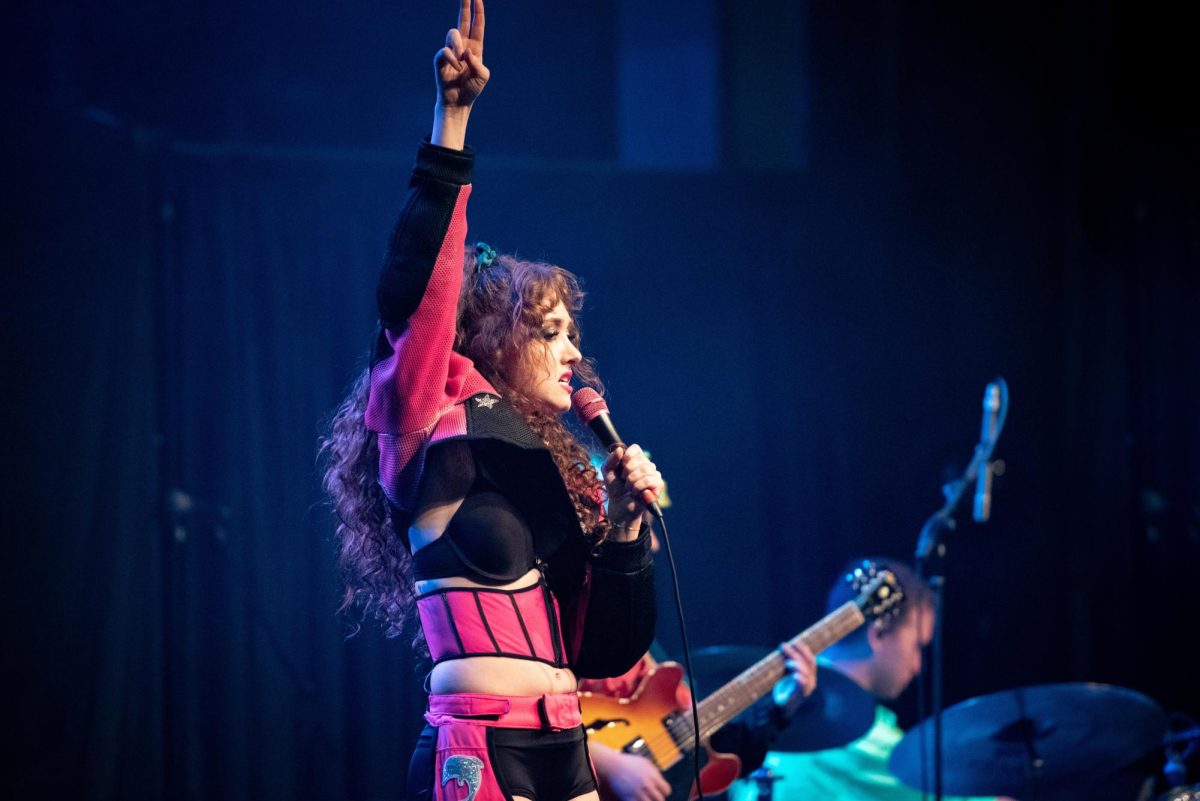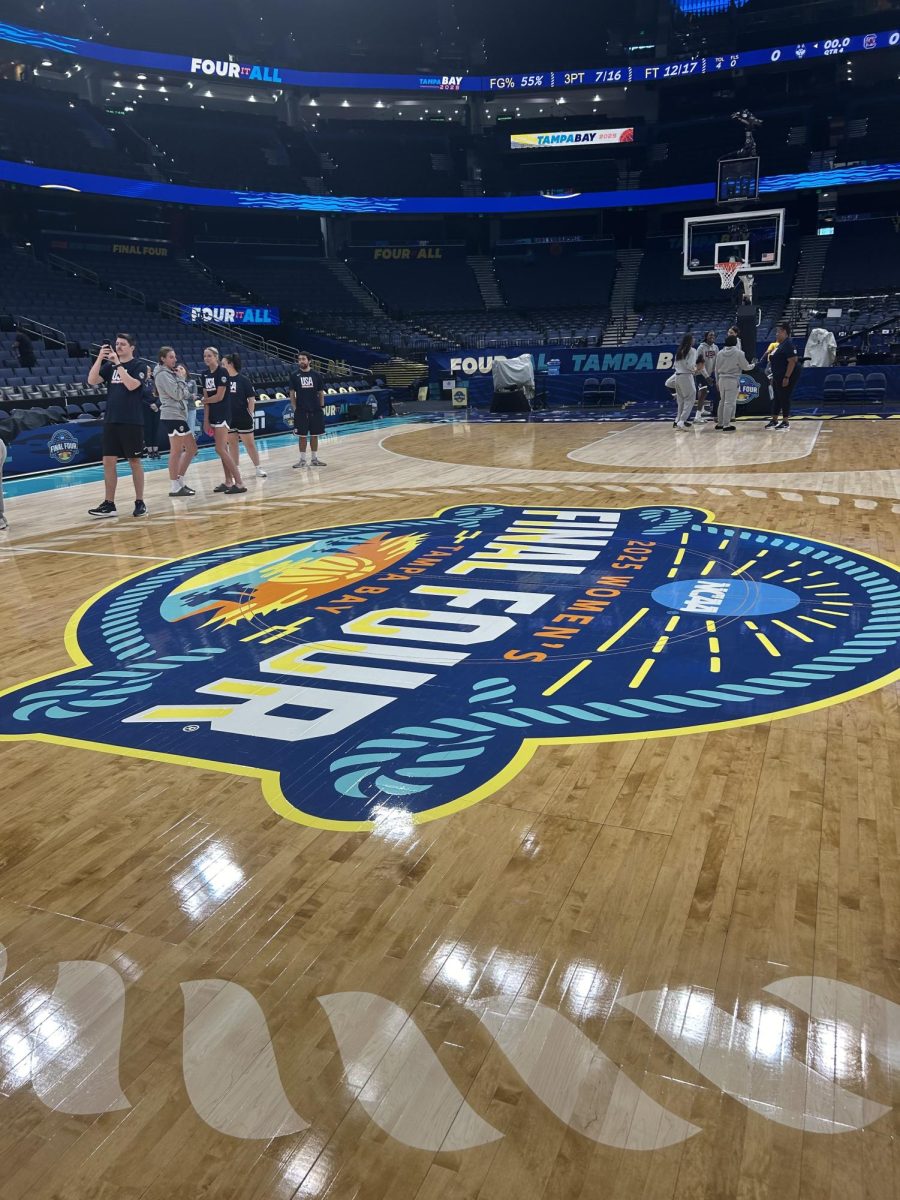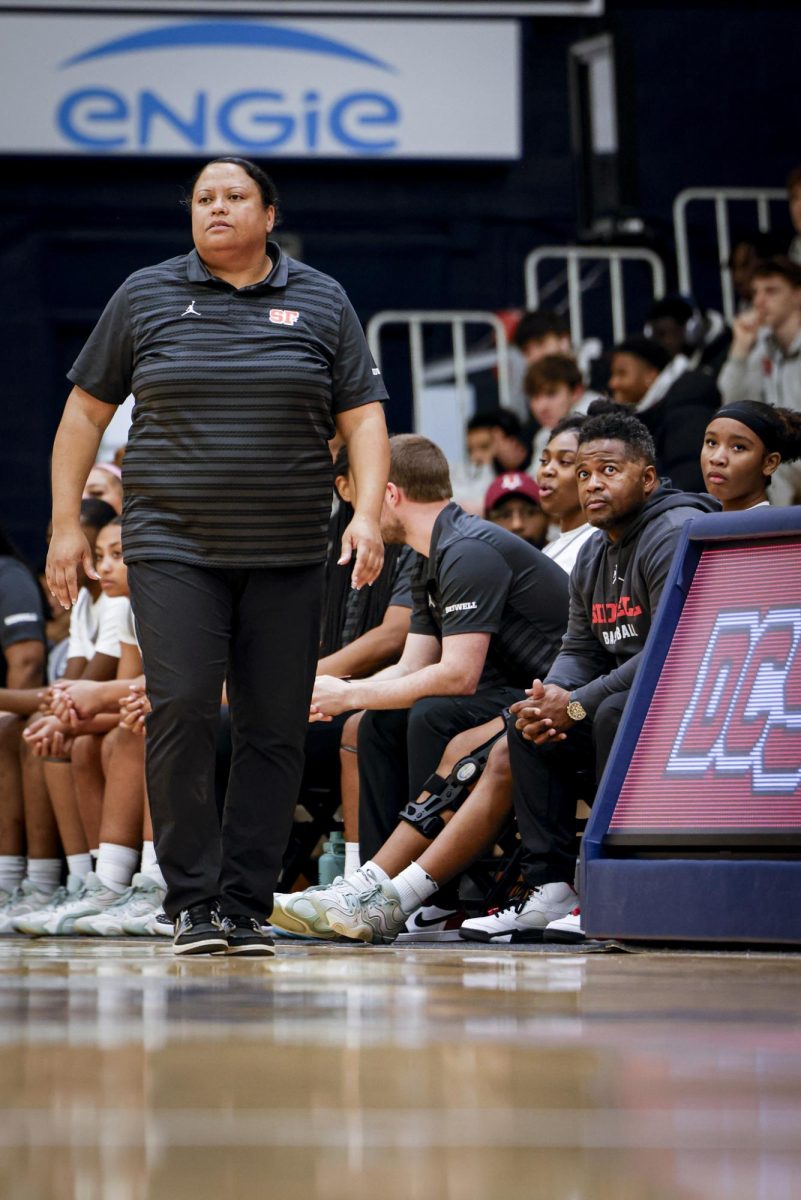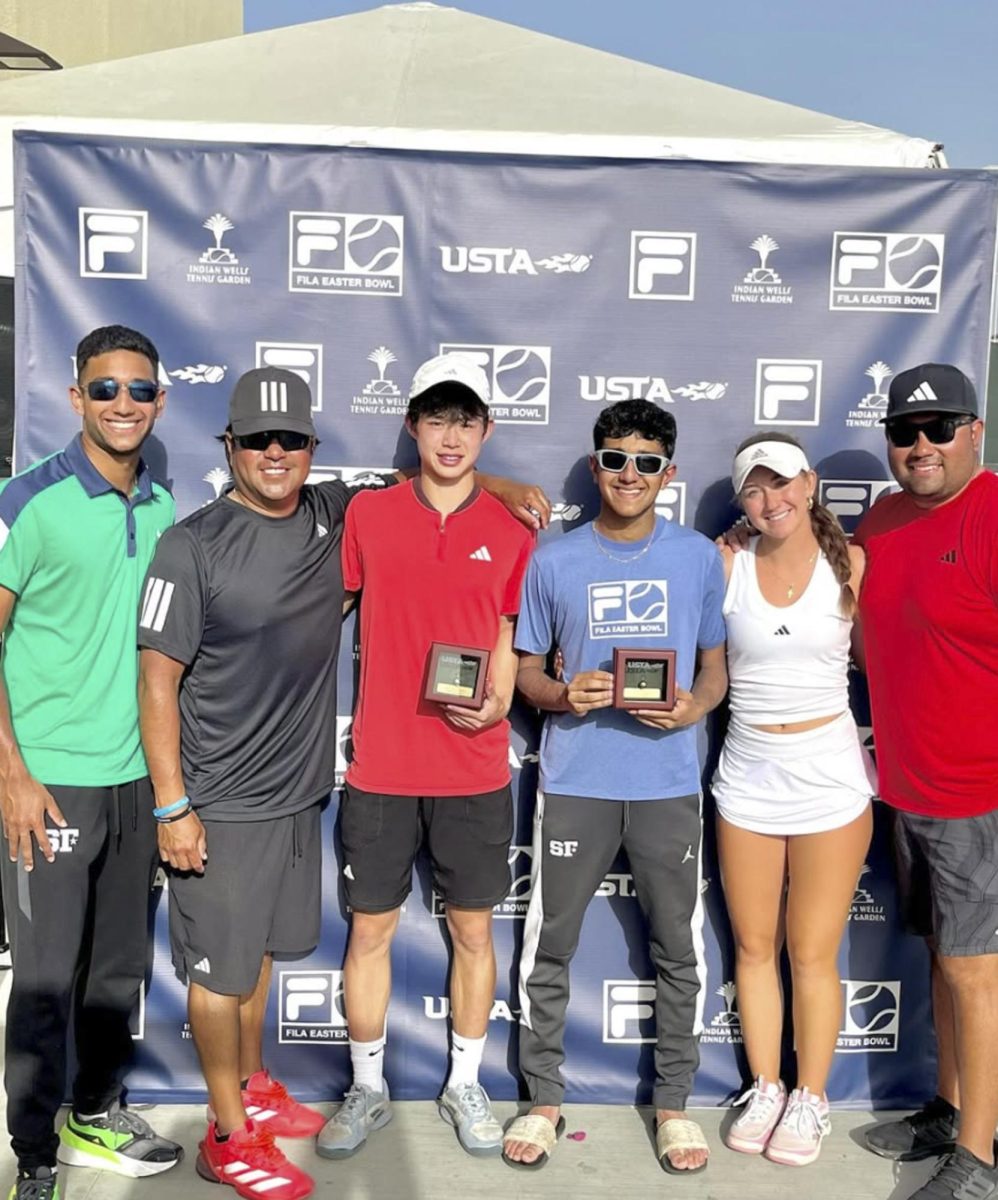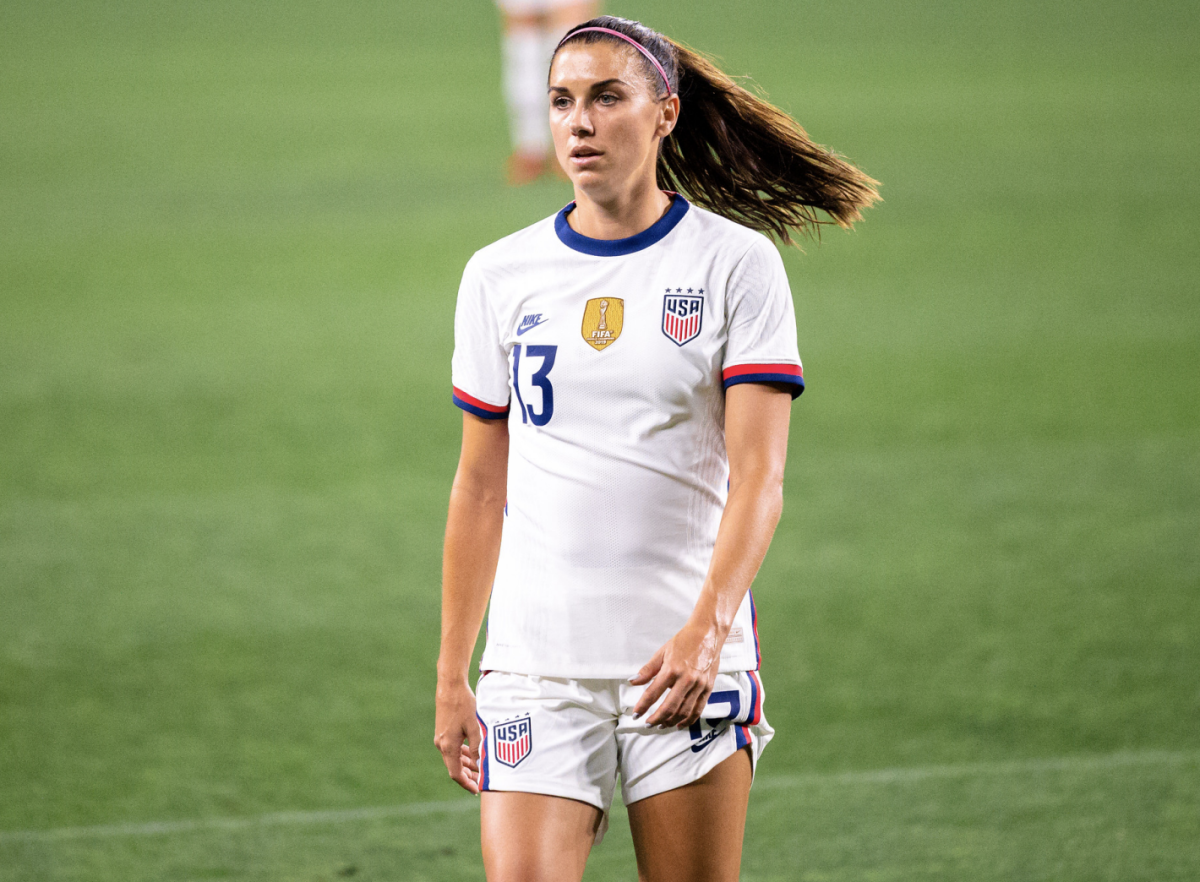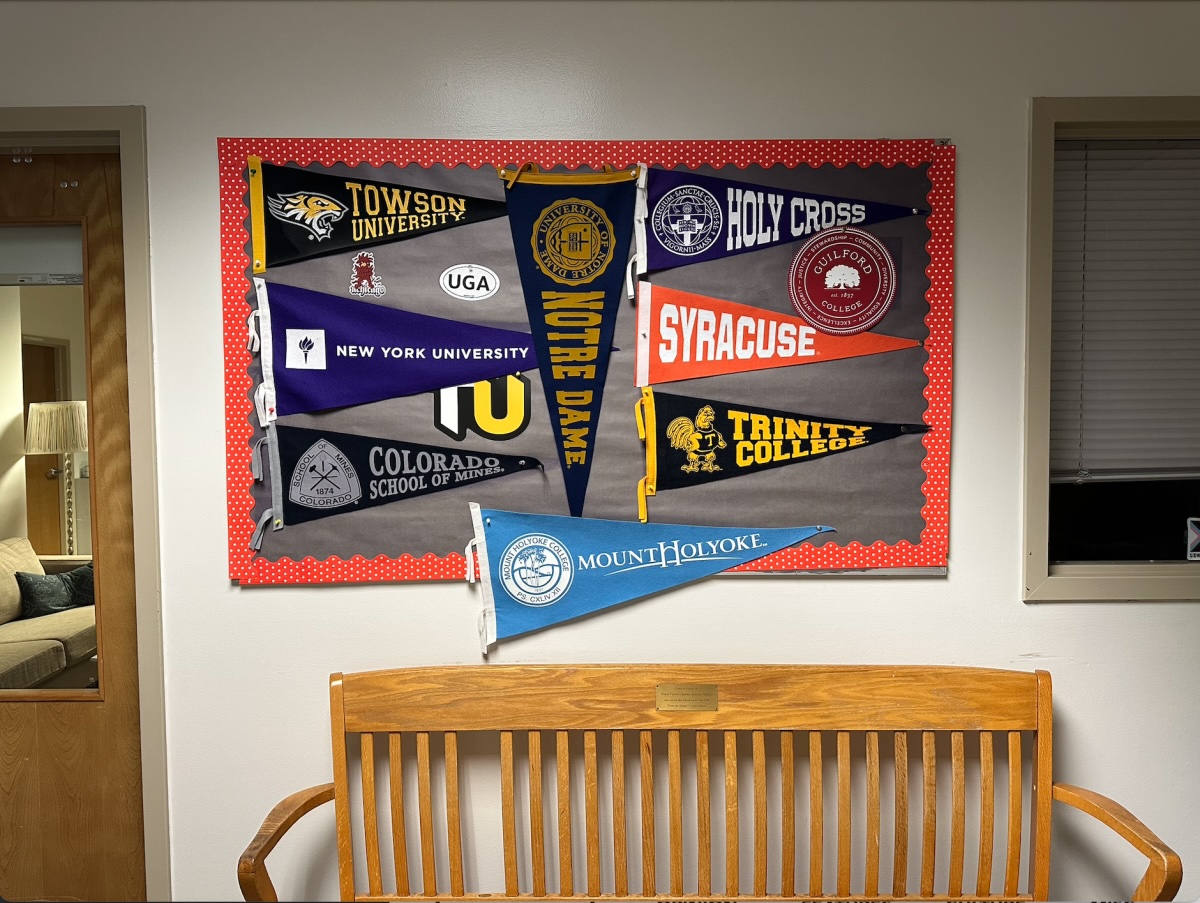Media coverage plays an instrumental part in boosting women’s sports to the forefront of public attention and is critical for dispelling the persistent inequality in athletics. When broadcasters and media outlets commit to showcasing female athletes, we witness a ground-breaking ripple effect — viewership soars, sponsor interests are piqued and societal perceptions shift. Therefore, it is imperative that we go beyond our role as spectators and actively promote equality by fostering a media environment that prioritizes women’s sports and provides them with the platform they deserve.
Regularly posting highlights and analysis from women’s conferences can significantly amplify interest and support among fans and future athletes. By reporting on not only match outcomes but also the strategic and physical skills of female athletes, news outlets encourage appreciation and admiration. Viewer analytics indicate that such exposure can draw in younger fans, inspiring young girls as they envision themselves making those game-winning shots. This is how support for women’s sports begins to strengthen: by consistently recognizing and celebrating female athletes’ triumphs and recognizing their excellence within the public eye.
Celebrating female athletes’ achievements is essential for inspiring the next generation and fostering a more supportive athletic culture at large. Acknowledgment of these achievements in news and other media emphasizes the importance of women’s sports, often disregarded next to men’s teams, and motivates young girls to reach their full potential.
Additionally, strict enforcement of laws like Title IX, which mandates equal opportunities for both genders in federally funded sports education programs, ensures that female athletes are afforded the same chances for growth and exposure as their male counterparts. Such legislation is necessary to create a fair environment where women’s sports can develop and thrive unimpeded by institutional biases. Emphasizing talent and dedication as prerequisites for success signals a strong societal support for gender equality in the sports sector. Furthermore, implementing policies that protect against harassment underscores a commitment to gender equality in athletics by promoting a secure and respectful environment for female athletes.
These measures are more than mere legal formalities, as they indicate to female athletes that they are appreciated in their fields. When governing bodies prioritize the well-being of female athletes, it demonstrates an understanding that inclusivity extends beyond equal access or equal pay — it is about fostering a culture that fundamentally respects and protects all athletes.
Leveraging the momentum created by events like women’s March Madness can be a catalyst for shifting cultural narratives that sideline female athletes. Increased visibility given to such tournaments highlights the incredible talent that exists within women’s sports and sparks broader conversations across platforms and fanbases. This creates an infectious enthusiasm that can be harnessed to perpetuate interest and investment in women’s athletics. Such enthusiasm also opens up more sponsorship opportunities for female athletes, providing them with the resources and recognition they need to continue to excel in their roles.
Creating a truly inclusive and equitable sporting world requires commitment to supporting female athletes across all sports and seasons. It demands a greater allocation of resources to women’s sports, from the lowest levels to the professional leagues, ensuring both visibility and accessibility. It is about creating an environment where young girls can see a future for themselves in sports—one that is rich with opportunity and untainted by gender biases. As advocates, we must champion this cause, recognizing that equality in sports is a key symbol of the greater struggle against sexism.








